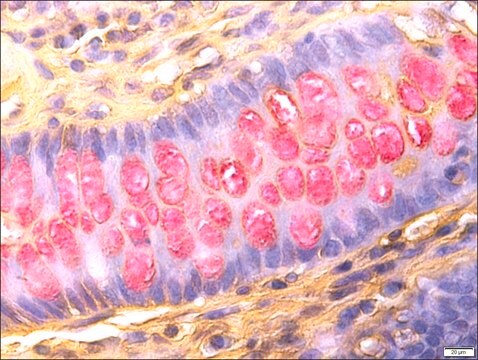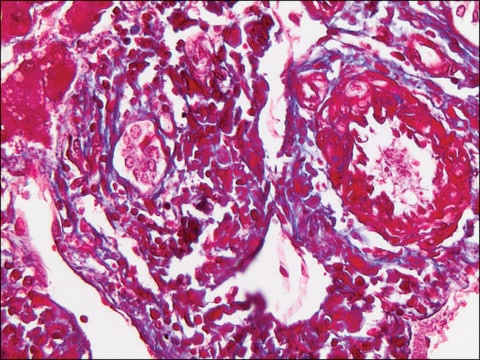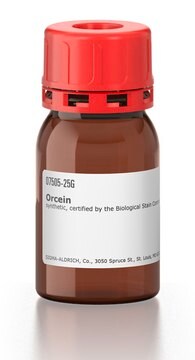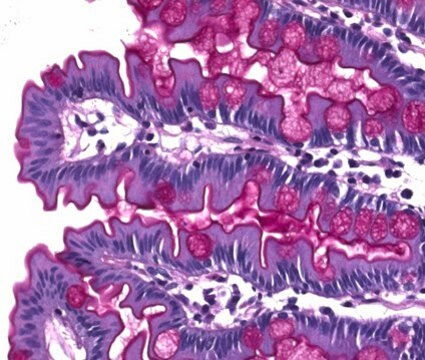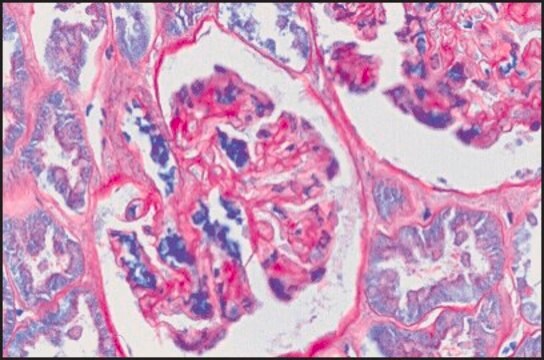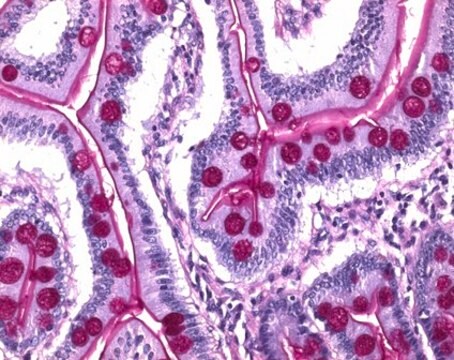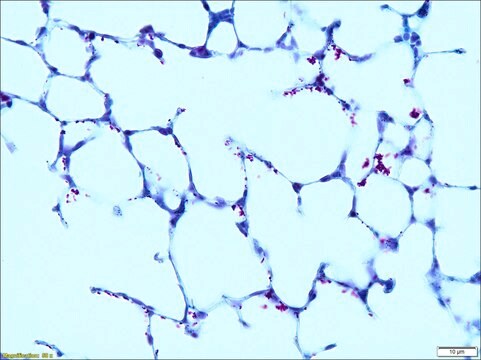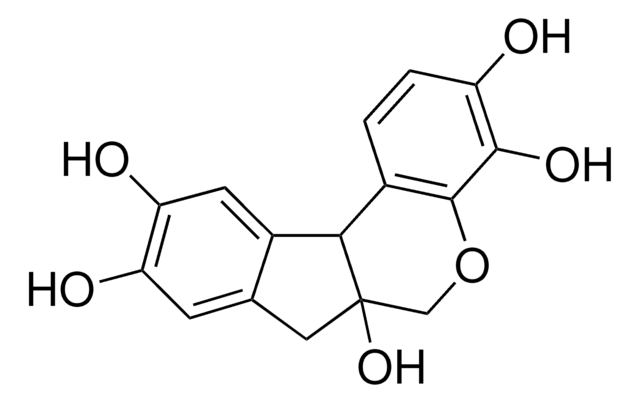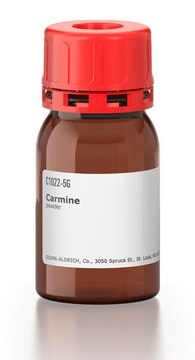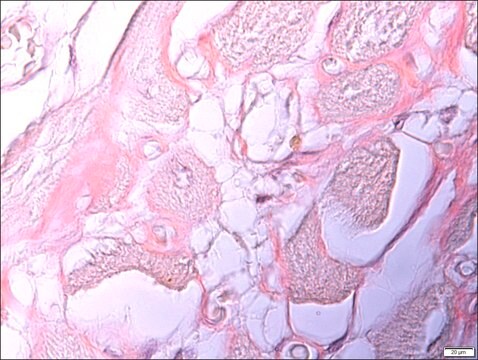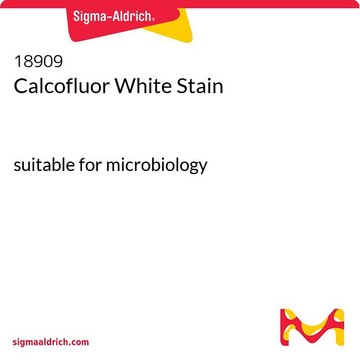41325
Mayer′s Mucicarmine Stain Solution
for microscopy
Synonyme(s) :
Mucicarmine Stain Solution according to Mayer
About This Item
Produits recommandés
Qualité
for microscopy
Niveau de qualité
Gamme de produits
BioChemika
Forme
liquid
Durée de conservation
limited shelf life, expiry date on the label
Technique(s)
microbe id | staining: suitable
Adéquation
suitable for microscopy
fungi
Application(s)
food and beverages
hematology
histology
Température de stockage
room temp
Description générale
Composants
Carmine 1 g, Aluminum chloride 0.5 g, water 2 ml
Mention d'avertissement
Danger
Mentions de danger
Classification des risques
Eye Dam. 1 - Skin Corr. 1B
Risques supp
Code de la classe de stockage
8B - Non-combustible corrosive hazardous materials
Classe de danger pour l'eau (WGK)
WGK 1
Point d'éclair (°F)
Not applicable
Point d'éclair (°C)
Not applicable
Équipement de protection individuelle
Faceshields, Gloves, Goggles, type ABEK (EN14387) respirator filter
Faites votre choix parmi les versions les plus récentes :
Déjà en possession de ce produit ?
Retrouvez la documentation relative aux produits que vous avez récemment achetés dans la Bibliothèque de documents.
Les clients ont également consulté
Notre équipe de scientifiques dispose d'une expérience dans tous les secteurs de la recherche, notamment en sciences de la vie, science des matériaux, synthèse chimique, chromatographie, analyse et dans de nombreux autres domaines..
Contacter notre Service technique